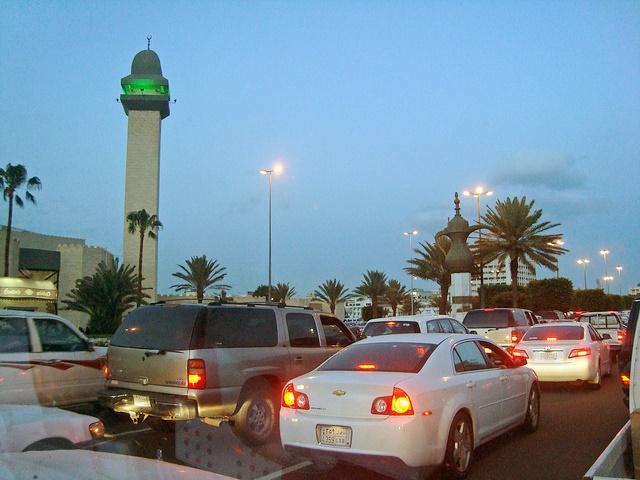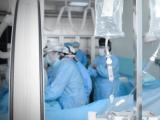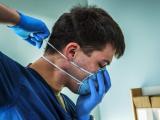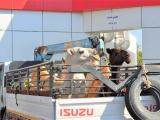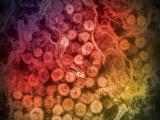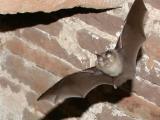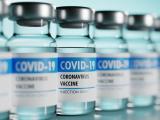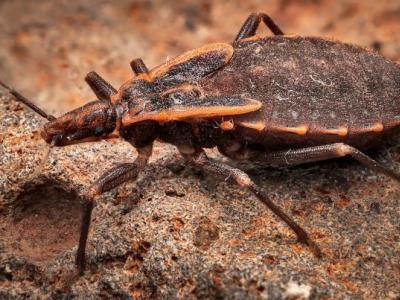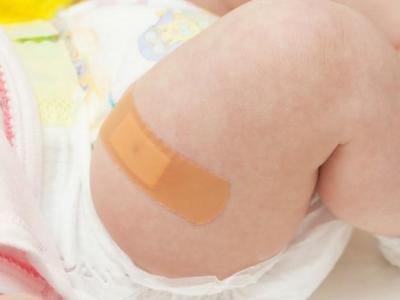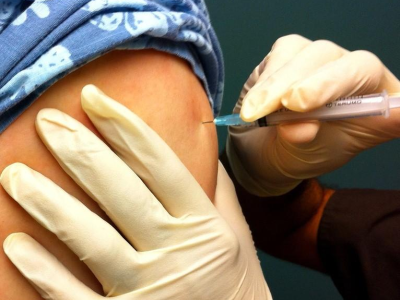Saudi Arabia reported a new MERS-CoV infection today in Riyadh, while Saudi and US scientists yesterday detailed a prolonged 38-case hospital outbreak last fall and winter in Taif that hit healthcare workers (HCWs) hard and proved especially deadly.
Four in Riyadh have recovered
The Saudi Ministry of Health (MOH) noted that a 70-year-old Saudi man is in stable condition in Riyadh after his MERS-CoV (Middle East respiratory syndrome coronavirus) infection. He is not an HCW and was not exposed to other MERS patients, the agency said. No other risk factors were noted.
The MOH also reported today that four patients in Riyadh have recovered from their illness, women aged 28, 47, and 52, and a 38-year-old man. All are foreigners, with the oldest having preexisting disease. The 47-year-old woman is a health worker.
The other two women are likely part of an illness cluster involving foreign female janitors who share a compound just east of the city. At least eight women are involved.
Saudi Arabia has now had 1,275 MERS cases since the outbreak began in 2012, the MOH said. Of those numbers, 722 have recovered, 544 have died, and 10 remain under treatment.
Taif cluster involved 4 hospitals
Writing in Emerging Infectious Diseases yesterday, the Saudi and US researchers—including some from the US Centers for Disease Control and Prevention—said the large outbreak in Taif last September through this January included 38 cases in four hospitals, 13 of which involved HCWs.
Twenty-one of the 38 patients died, or 55%. That compares with 43% for the country as a whole since 2012.
The first hospital affected is a 368-bed tertiary acute-care facility that serves military personnel and their families. Of the 10 patients associated with this hospital, 6 had illness onsets from Sep 5 through Oct 2, 2014. The rest became ill in late November or early December.
Half were HCWs. Six of the 10 patients died, including 5 of the first 6.
The index patient was a 45-year-old male military employee with unspecified exposure on a farm. He was admitted to the hospital on Sep 10, and five additional cases ensued from Sep 13 to Oct 2. Of the four patients whose illnesses began Nov 20 through Dec 10, three were HCWs.
The largest pocket of cases was in a dialysis unit of a 500-bed tertiary MOH hospital, where 15 patients, including 4 HCWs, were infected. The dialysis unit is in a separate building from the acute-care center. All 15 patients became ill in October. Eleven were dialysis patients, and 4 were dialysis HCWs.
Eight of the 11 non-HCW patients died, while all HCWs survived.
The third hospital is a 250-bed MOH facility. There a 60-year-old man who was transferred from an outlying hospital in Taif governorate developed respiratory symptoms on Oct 1 and tested positive for MERS-CoV 2 days later. He was transferred to a Jeddah hospital on Oct 5 and died there on Dec 25.
On Oct 11, 15, and 17, meanwhile, two nurses and a doctor at the Taif hospital became ill and were hospitalized. All recovered.
The fourth hospital, a private facility, was linked to four cases. A 75-year-old woman was transferred to this hospital on Nov 1 and confirmed MERS-CoV-positive on Nov 3. She was transferred to the 250-bed MOH facility on Nov 4 and died there on Nov 9.
The janitor for her hospital room tested positive for MERS-CoV on Nov 4 but had no MERS symptoms. His 22-year-old grandson, however, contracted the disease, tested positive on Nov 11, and died Dec 14. Also, an 81-year-old patient who stayed on the same floor as the 75-year-old tested positive on Nov 11 and died on Nov 20.
The authors also described five cases not linked to the four hospitals, three of them fatal. None involved HCWs.
Taif, a city of more than 500,000 people, lies in southwestern Saudi Arabia.
Sequencing shows close matches
Though available specimens for analysis were limited, the investigators conducted complete genetic sequencing on samples from 10 of the Taif patients.
Sequencing showed that the 10 sequences were closely related to MERS viruses circulating in Riyadh, which is about 500 miles away, in 2013 and 2014. Sequences from six patients who were from three separate hospitals were identical.
Sequences from two epidemiologically linked patients from the private hospital formed a subcluster among the Taif cases, the researchers reported.
In addition, serologic testing showed that 4 of 62 exposed HCWs in the dialysis unit were positive for MERS-CoV antibodies.
The authors said their findings underscore the importance of identifying and monitoring exposed HCWs, patients, and visitors.
They wrote, "MERS-CoV transmission in any healthcare facility should trigger increased vigilance among all healthcare facilities that could potentially share patients and staff. Increased understanding of epidemiologic links among identified patients during transmission events is needed to inform surveillance strategies and infection prevention and control."
See also:
Nov 3 MOH statement
Nov 2 Emerg Infect Dis study
